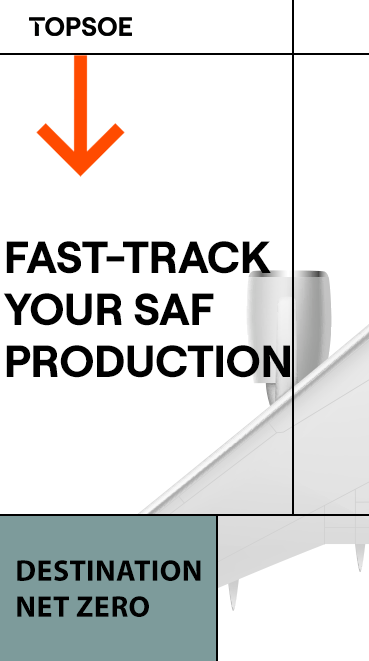ICCT releases roadmap for decarbonizing California in-state aviation emissions

The International Council on Clean Transportation announced Jan. 19 the release of a roadmap for decarbonizing California in-state aviation emissions.
The briefing assesses the contribution of passenger civil aviation to California’s aviation-sector emissions and evaluates the potential greenhouse-gas (GHG) reductions that could be achieved through emerging aviation-decarbonization technologies, including sustainable aviation fuel (SAF) and zero-emission planes (ZEPs).
In addition, it assesses how current policies could be modified to increase uptake of these technologies.
The study finds that expanding the obligation of California’s Low Carbon Fuel Standard to include fuel consumed on intrastate flights would only expand the LCFS program by approximately 5 percent, “although it wouldn’t necessarily send a strong signal for SAF production,” the organization stated.
This approach, according to ICCT, would burden other sectors with the cost of decarbonizing aviation with SAF, but wouldn’t necessarily drive the uptake of SAF on its own.
“Furthermore, limiting the LCFS to obligating just intrastate aviation leaves a substantial quantity of emissions reductions on the table,” ICCT stated. “However, despite these limitations, the LCFS can play a significant role in boosting the value for SAF delivered via other, more targeted programs, such as upfront grants for new producers to offset capital expenses and additional production incentives. To avoid the unintended consequences of creating demand for vegetable oils in the aviation sector, this policy support can be ring-fenced for a subset of fuels with high GHG savings and with novel conversion technologies. For these pathways, the state could also guarantee a minimum LCFS credit value for SAF producers.”
Decarbonizing aviation, according to ICCT, “shouldn’t just be limited to SAF, and the LCFS provides a means of incentivizing alternative powertrains in the aviation sector,” the organization stated. “Based on existing methodologies for crediting zero-emission vehicles on the ground, LCFS could provide a significant value to the deployment of ZEPs by crediting them for efficiency and incentivizing every unit of hydrogen and electricity consumed. We find that there are several potential ZEP corridors where the distances and passenger capacities of existing routes could be replaced by hydrogen and battery-electric planes by 2035. Pilot projects to deploy ZEPs on these routes could be implemented via grants for charging and fueling infrastructure.”
Click here to download the paper.






















-RKstandin.jpg)
_gif.gif)




